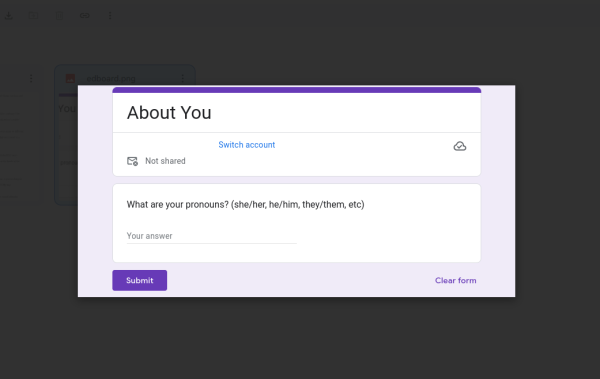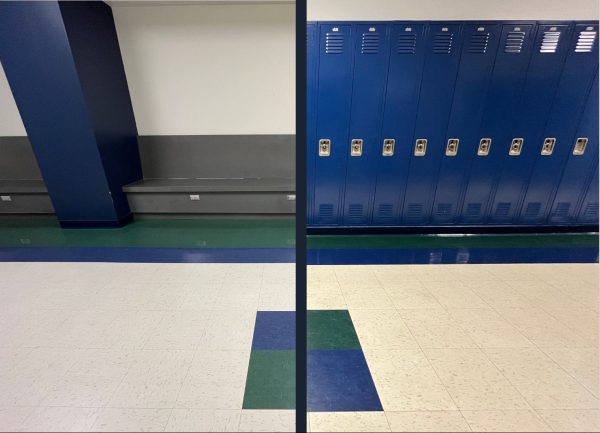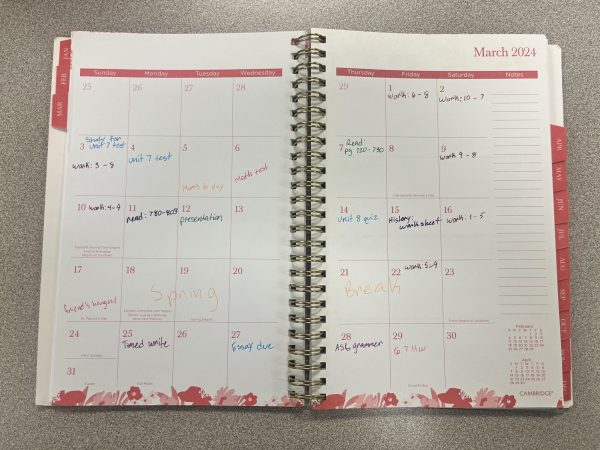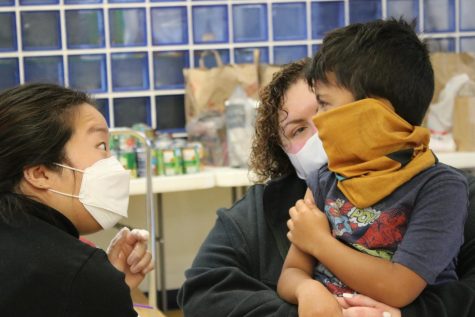Opinion: The Social Emotional Learning Survey Doesn’t Improve Mental Health Communication
Media by Marin Ellington (she/her)
The Social Emotional Learning survey asks students a variety of questions regarding their emotional well being both inside and out of school. Though the survey is a good idea, it is not resulting in the necessary change that students need.
Tuesday, Oct. 26, was Social Emotional Learning (SEL) survey day, better known as the day students groan at having to give up their free time.
During Module 1 of Academic Lab, all students were required to remain in their homerooms in order to complete the survey, which collected information on students’ social and emotional wellbeing. In theory, the survey is a phenomenal idea designed to improve faculty and student relations through student feedback.
However, I have heard only complaints from my fellow students about having to take the time out of their day to complete a survey for which they don’t feel the effects have been accurately shared with them.
Even if the survey’s results are bringing beneficial change, it makes no difference if it is not being effectively communicated to students.
More students would take the survey seriously if they knew the results were yielding positive outcomes. Academic Lab could be utilized as a time to beneficially showcase mental health resources and services rather than just filling out a Google form.
The results of the survey are not being shown directly to students which, in turn, creates an opposition to the survey itself. It is a time waster, eating up the valuable hours that could be used to finish homework. It’s simply another task to get out of the way that students don’t take seriously.
I never knew what results my responses yielded or who looked at them, so in years past it was never something I even considered the district used. This year was the first time I answered honestly as the necessity for mental health resources has made itself more apparent to me over the years.
There are a vast variety of mental health resources available at MHS, but the disconnect comes with the way they are being advertised. Sending links through email and talking to parents doesn’t encourage students in crises to reach out.
Self-advocating is a difficult feat for students so the district finding a way to offer more personalized help is the best way to aid in students’ mental health.
If counselors or staff did more individualized check-ins with everyone, students may feel more like their voices are being heard. Self-advocating is a lot easier when you are being individually reached out to.
This is not to say that the more general mental health resource advertisements are in vain. The repetition of seeing these resources such as the suicide hotline posted online and in places around the school help to showcase the availability of help.
But these cannot be the only steps taken toward improvement.
Your donation will support the student journalists of Marquette High School. Your contribution will allow us to purchase equipment and cover our annual website hosting costs. You may become a PATRON by making a donation at one of these levels: White/$30, Green/$50, Blue/$100. Patron names will be published in the print newsmagazine, on the website and once per quarter on our social media accounts.











